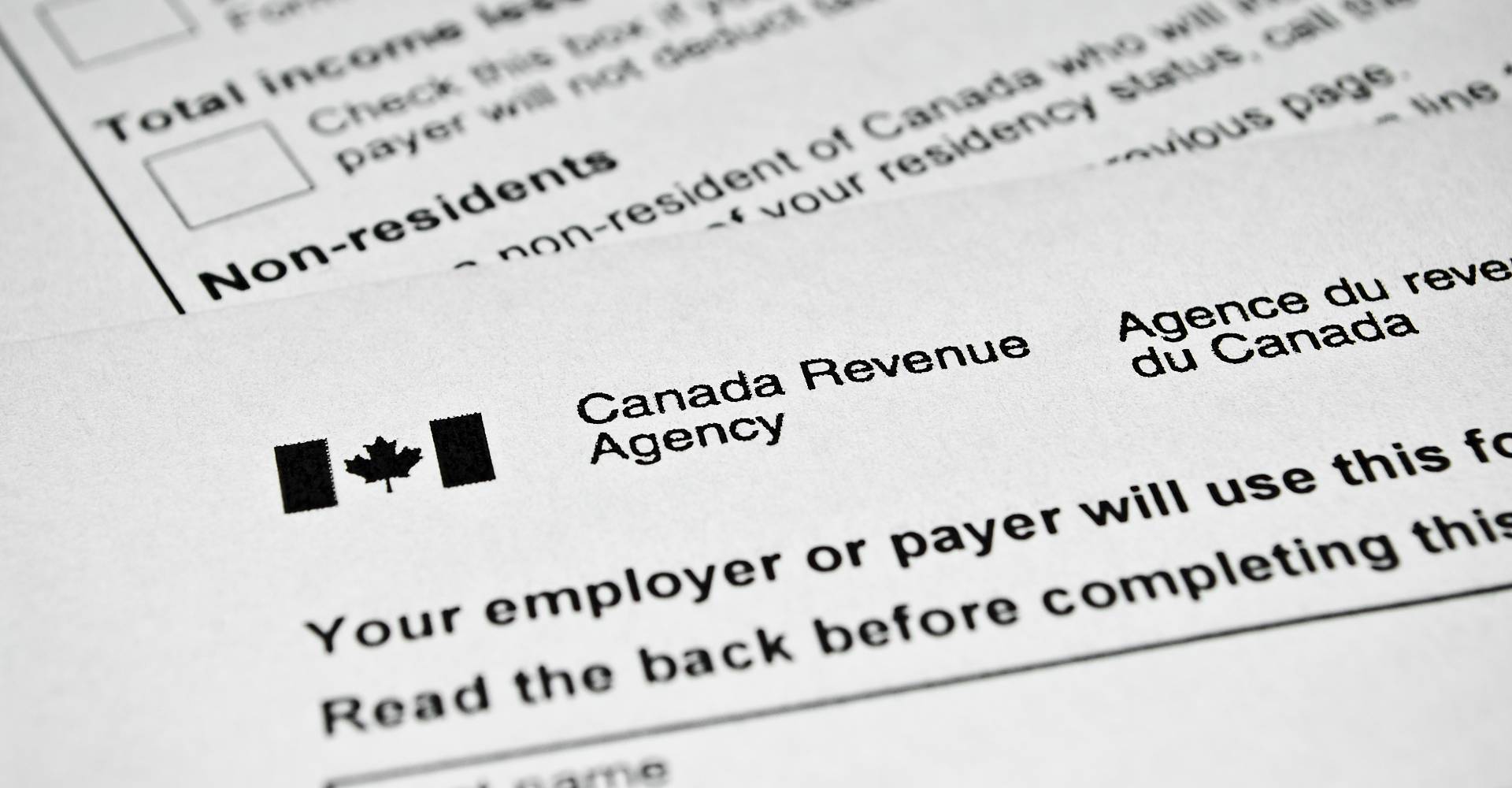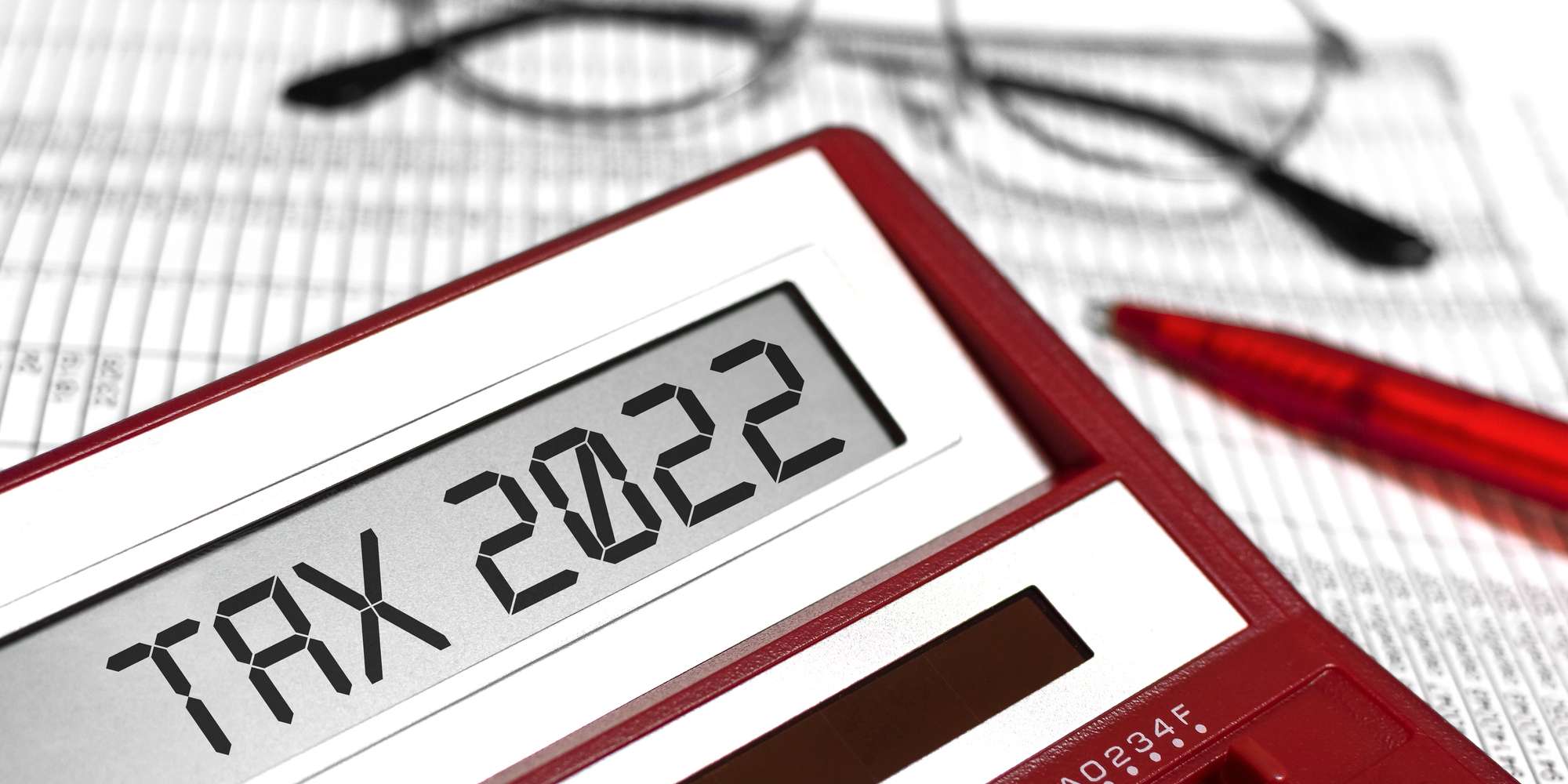Wolseley PRO Pipeline Blog
In May 2019 we wrote an informative blog for contractors about understanding Canadian taxes and when to charge GST and HST on invoices. In the time since, the world has gone through a global pandemic.
Whether you’re a sole proprietor or an independent contractor, you may have used some of Canada’s federal benefits and credits to make your way through the most challenging parts of the pandemic when business wasn’t running as usual.
Below we’ve found answers to some of the most frequent questions about COVID-19 Tax Benefits, and what it could mean for Contractors moving forward. We’ve included helpful links for more information that you can check out, and discuss further with your tax advisor.
How did the COVID-19 Pandemic Impact Small Business and Contractor Taxes in Canada?
The COVID-19 pandemic certainly added more challenges to filing your tax papers. Not only were small businesses impacted, but independent contractors were as well. You may have needed to use the Canada Emergency Response Benefit (CERB) or the Canada Emergency Business Account (CEBA), and now you’re wondering how they factor into your tax papers for 2022 and 2023, and what you need to be aware of.
Remember, if you are a sole proprietor and self-employed, you have until June 30, 2022, to finish filing your taxes, however, your payment deadline would have been May 2, 2022.

Sole Proprietors and Small Business Owners—Pandemic Response
A sole proprietor works for themselves and procures jobs where they are in charge. As the sole proprietor of your business, you will be handling the commercial business matters yourself—scheduling, payments, transportation, or using personal tools or equipment. When you file taxes, you’re considered to be filing as a sole proprietor of a business and will need to make use of the GST/HST account number. Plus, you need to be aware of any Canadian Emergency Business Account loan money you need to pay back.
Canadian Emergency Response Account (CEBA) for Sole Proprietors and Small Business Owners in the Industry
In May 2020, the federal government made the Canada Emergency Business Account (CEBA) available for sole proprietors who get their income from their businesses, but also to businesses that contract work out. The initial loan amount of $40,000 ($10,000 forgivable) was made available to small businesses and non-profit businesses through an application.
The program was further expanded in June 2020 to give an expanded loan of $20,000 to CEBA applicants who also had a payroll under $20,000 who have a business operating, at a participating financial institution with a CRA business number, a 2018 or 2019 tax return, and an eligible non-deferrable expenses of between $40,000 and $1.5 million.
Stay Organized to Pay Back CEBA Loan
The terms of CEBA allowed for interest-free loans up to $40,000 to those businesses impacted by the pandemic with 25% of the loan forgivable (up to $10,000) if repaid by December 31, 2022. However, the Canadian Department of Finance announced in January 2022, that those borrowers in good standing will be eligible for an extension until December 31, 2023.
Additionally if not paid by that date, it can be made into a two-year term loan with a 5% interest rate starting on January 1, 2024, with the full loan ultimately due by December 21, 2025.
Canada Emergency Business Account
While applications for CEBA have passed and you would have declared the income on your tax return already, it’s important to know the payment deadlines on loans to keep your finances in order and help you stay on the right financial track for the future.
Tax Software and Canadian Emergency Response Benefit (CERB) for Contractors
The Canadian Emergency Response Benefit was more of a common term during the early parts of the pandemic, as anyone who was employed or self-employed may have been eligible for it. There were various scenarios where Canadians were eligible for CERB, but the question is now how to repay the tax on CERB and what type of tax papers go with it.
There were two ways to apply for CERB —one through the Canada Revenue Agency, the other through Service Canada (EI). CERB was considered a part of your income and would have reflected so in your tax return in the previous years. Depending on your income and the amount of CERB you received, determine the tax you need to pay.
Whether you use a tax software or have the help of an accountant, you’ll want to make sure that you have a CRA My Account with Canada Revenue Agency. This will help with auto-filling information about any of your COVID-19 related tax benefits you received from CRA.

What If You Need to Repay CERB?
There are some scenarios where you might have received CERB when you didn’t actually need it, or mistakenly received it. In this case, you’ll want to repay the CERB. The institution you applied to, is the one you will need to pay it back to—either Canada Revenue Agency or Service Canada. But what’s important is the ability to claim a tax deduction on your repayment since it was measured as part of your income. According to the Government of Canada:
You can select when and how to claim the deduction on your tax return if you repay before January 1, 2023, and it will appear on your 2022 T4A slip. However, if you repay after that date, you may only claim a deduction on repaid amounts in the same year you make the repayment.
Keep your Business on Track—Organize Your Finances and Activities
Staying on top of your taxes, loans and finances can be daunting, especially if you are out on job sites as a priority and are thinking about your business operations second. Try not to let your taxes and finances be a looming shadow that follows you.
Stay organized with finances and taxes throughout the year with these key tips in mind:
- Charge the appropriate GST and HST to your customers on your invoices so you can claim it correctly with the CRA. For more information on when to charge GST or HST, check our previous guide to contractor taxes, as well as talk to your tax advisor.
- Make sure your invoices are paid on time by using Invoice Gateway on Wolseley Express
- Check your My Wolseley account regularly and make payments as they are needed
- Talk to an accountant or bookkeeper to help you stay on top of your finances and help you file correctly each year
- Go digital to prevent paperwork from getting lost in the daily shuffle
By staying organized and aware of your business operations, you can create a smoother daily operation for you, and less headache when it comes to tax activities or making payments on loans. We hope this information is helpful to you in navigating your own tax benefits. Please consult with your tax advisor for expert advice specific to your business.
To get all the latest business tips and news, be sure to sign up and become a Wolseley PRO. You’ll get the latest tips, promotions and more sent straight to your inbox. To learn more about products, training and upcoming webinars from products Wolseley carries, visit the Knowledge Hub.
Check out the hottest deals, events and Wolseley promotions by subscribing to our e-mail list today.








